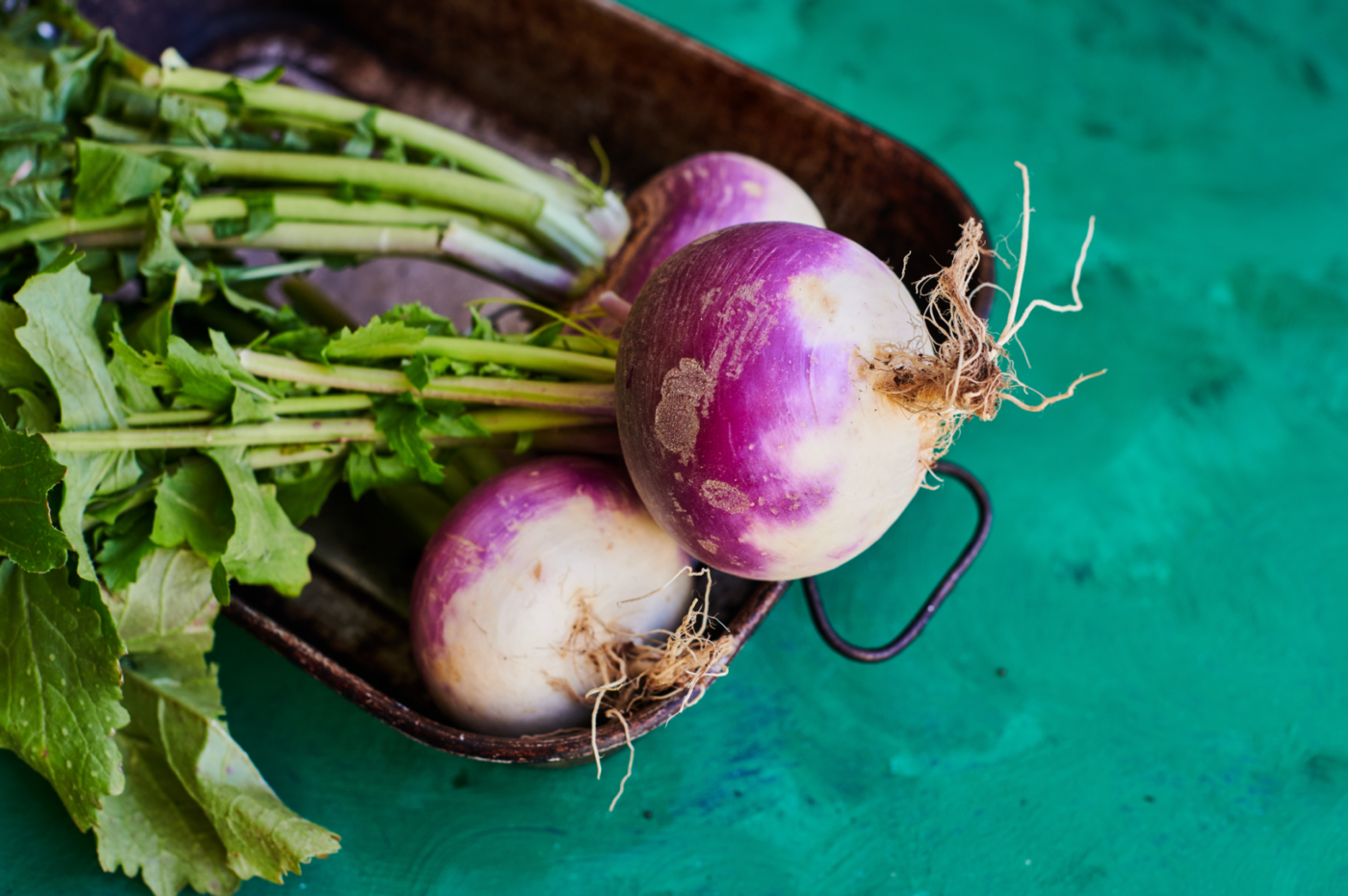Read More: History of Turnip
The Turnip: A Root Vegetable with a Rich and Storied Past
The turnip, often relegated to a supporting role in the culinary world, boasts a history as long and rich as any of its more celebrated vegetable counterparts. This unassuming root vegetable, with its crisp white flesh and vibrant purple top, has nourished civilizations for millennia, played a part in cultural traditions, and even served as an unexpected weapon. Its journey through time is a testament to its resilience, adaptability, and enduring value as a food source.
Ancient Origins and Early Cultivation
The precise origins of the turnip are shrouded in some mystery, but evidence suggests it was one of the earliest cultivated vegetables. While pinpointing an exact location is difficult, it’s widely believed that the turnip was domesticated somewhere in the vast expanse of Asia or Europe. Some sources point to India as a potential origin, citing evidence of turnip cultivation dating back to the 15th century BC. Others suggest a European origin, possibly in the Mediterranean region.
Regardless of its exact birthplace, the turnip quickly spread throughout the ancient world. It was a staple crop in ancient Greece and Rome, highly valued for its nutritional content and ease of cultivation. Greek physician Hippocrates, the “father of medicine,” even prescribed turnip for various ailments. The Romans, known for their sophisticated agricultural practices, further developed turnip cultivation, selecting for larger and more flavorful varieties. They consumed both the root and the greens, incorporating them into a variety of dishes.
A Food of the People Throughout Europe
Their popularity continued to grow throughout the Middle Ages in Europe. It was a crucial food source, particularly for the peasantry, as it was inexpensive, easy to grow in a variety of climates, and could be stored for relatively long periods. Turnips provided sustenance during the harsh winter months when other fresh produce was scarce.
During this period, turnips became deeply ingrained in European culture and folklore. In Ireland and Scotland, for example, turnips were hollowed out and carved with faces to create lanterns used in ancient Celtic festivals, a tradition that predates the use of pumpkins for jack-o’-lanterns.
However, the turnip’s association with the lower classes also led to its being viewed as a “poor man’s food” in some regions. This perception persisted for centuries, influencing the turnip’s culinary status in certain parts of Europe.
The Turnip’s Role in Agricultural Advancements
They played a surprisingly significant role in the British Agricultural Revolution of the 18th century. Prominent agriculturalist Charles “Turnip” Townshend championed the use of turnips as a key component of his innovative four-crop rotation system. This system, which involved rotating wheat, turnips, barley, and clover, revolutionized farming practices.
Turnips were vital to this system for several reasons. Their deep roots helped break up compacted soil, improving drainage and aeration. They also suppressed weeds and provided a valuable source of fodder for livestock during the winter. The introduction of turnips into crop rotations led to increased agricultural productivity, better soil health, and a more reliable food supply for both humans and animals.
The Turnip’s Transatlantic Journey
European colonists brought turnips with them to the Americas, where they quickly became established as a staple crop. Native Americans also adopted the turnip, incorporating it into their own culinary traditions. Turnips were grown throughout North America, from the earliest colonial settlements to the expanding western frontier.
The Turnip in Modern Times
While they may not enjoy the same level of popularity as some other vegetables today, it remains a valued food source in many parts of the world. It’s a common ingredient in traditional dishes across Europe, Asia, and North America. Turnip greens, once often discarded, are now increasingly recognized for their nutritional value and are enjoyed in salads, stir-fries, and other dishes.
In recent years, there has been a renewed appreciation for heirloom vegetable varieties, including different types of turnips. This has led to a resurgence of interest in cultivating and consuming a wider range of turnips, beyond the familiar white and purple-topped globe.
Conclusion
The turnip’s journey through history is a fascinating tale of a humble root vegetable that has played a vital role in feeding civilizations, shaping agricultural practices, and even influencing cultural traditions. From its ancient origins to its modern-day presence on our plates, the turnip has proven its resilience and adaptability. While it may not always be the star of the culinary show, the turnip’s rich history and enduring value as a nutritious and versatile food source deserve to be recognized and celebrated.

Share
Click on the icons below to share "Title of the item to share"